ULAANBAATAR (GoGo Mongolia) - Mongolia is extremely rich with a wild berry species which aren't very popular on the World. This time we highlight the most common six of them.
Even the country imports 90 percent of its fruit demand, we have amazing fruits and berries that grow in Mongolia. Most of the fruits are mature from August through September. Mongolians used up these fruits for medicines, drinks (a tea, juice, and a wine) and for decorations except for a food.
Now the gathered fruits and berries are available on sale at the biggest markets of the Ulaanbaatar and every aimag centers for 5,000 - 8,000 MNT per kg.
The best practice to keep berries fresh is:
- Store them in an airtight container without letting air in
- Wash them in water and vinegar and refrigerate them
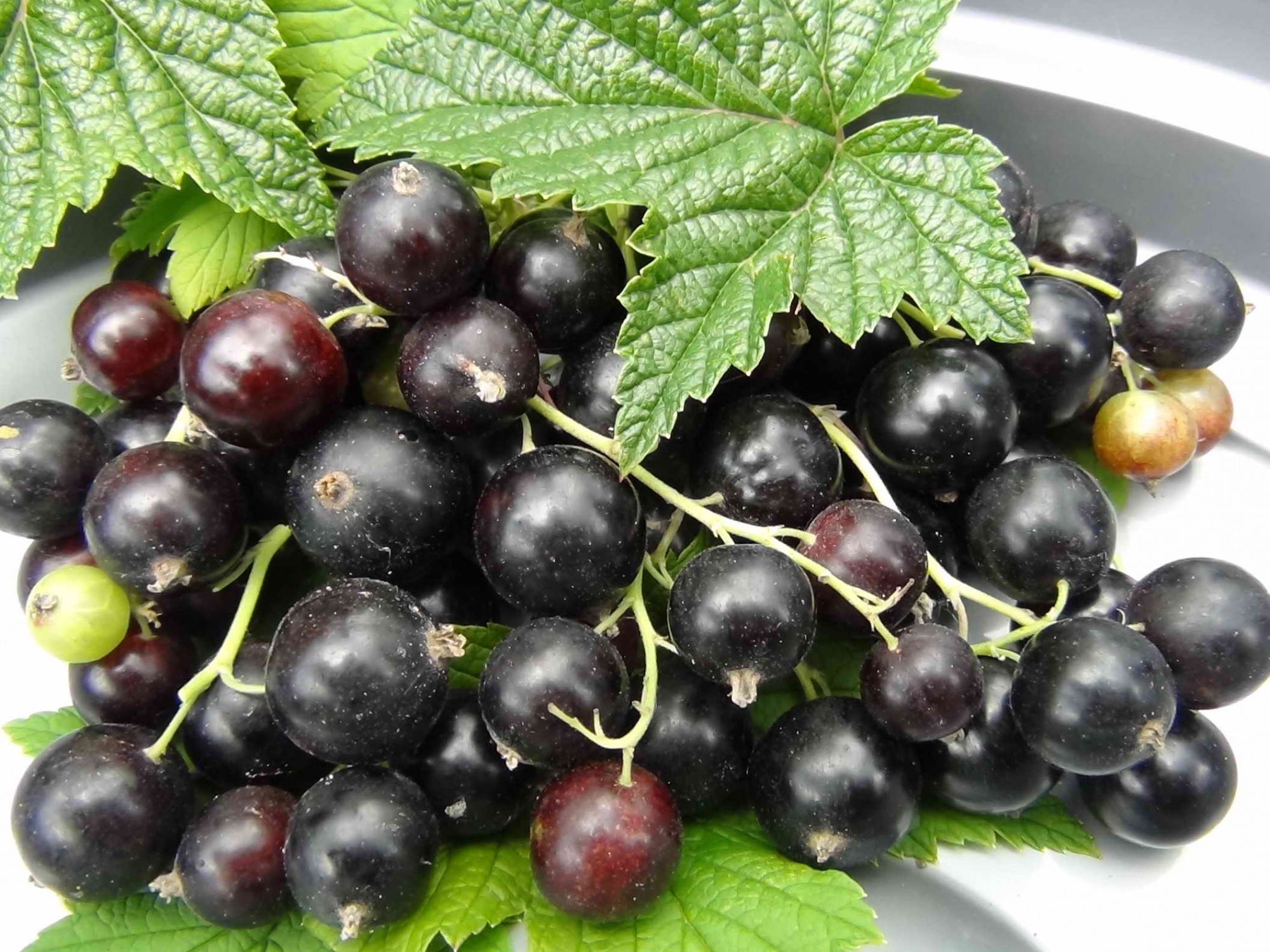

BLACKCURRANT or the UHRIIN NUD contains P, C, B1, B2 vitamins. It grows in Dornod, Hentii, Zavhan, Uvs, Uvurhangai, Gobi-Altai, Tuv, Huvsgul, Hovd aimags where it has larch, birch, river coast, clearing, and rock.
Blackcurrant supports stomach function, increase appetite, cure stomach ache and treat anemia. It’s also used as a diuretic, and to treat colds, flu, and fevers. Blackcurrant leaves help to improve kidney function.
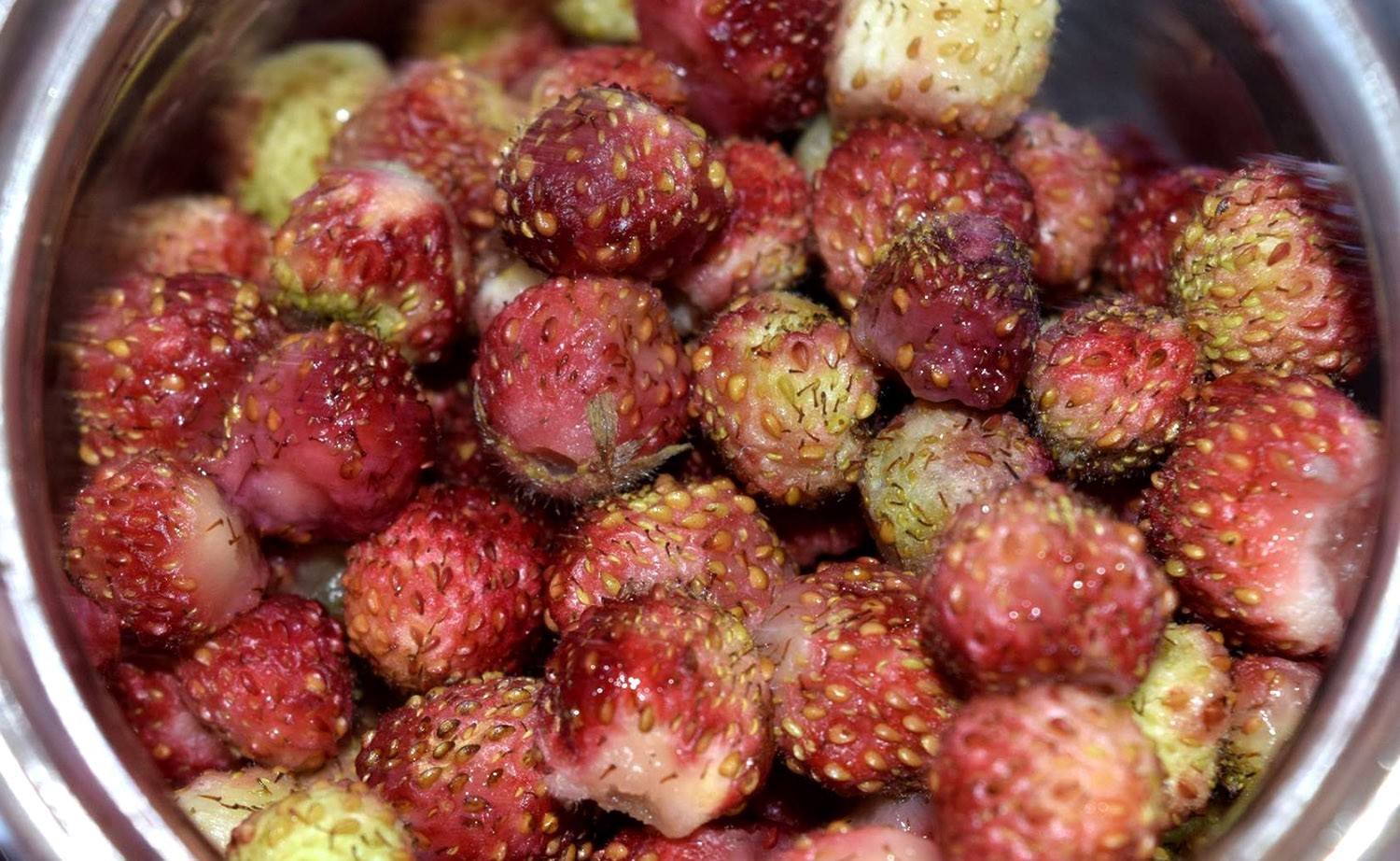

STRAWBERRY or the GUZEELZGENE mostly found in Han huhii mountains, Shajingiin davaa, Deed ulaan enger, Hujirt, Har tsagaan usnii eh and Ulaan enger. It includes folate, potassium, manganese, dietary fiber, and magnesium. It is also extremely high in vitamin C.
Strawberry is mature in July through the beginning of August. Strawberry should be picked up in the morning after dewfall or before dewfall.
-152833-366261656.jpeg)

BLUEBERRY or the NERS is rich in vitamins C, B, B2 and it contains carotene, manganese, pectin, sugar, apples and lactic acid. These are best treats for inflammation of the throat, diarrhea, hepatitis, rheumatoid arthritis, kidney stones, skin diseases and eye sight. In addition, blueberries help to cure diarrhea and stomach pain. Put 1-2 spoon blueberries in a cup of water and take 50 mg before food. Also, it relieves constipation.
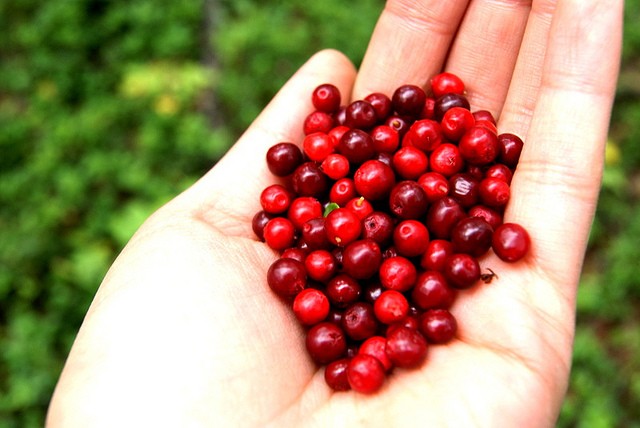

CRANBERRY or the ANIS leaves are helpful for curing flu. Cranberry is cold-resistant plants and it remains green withstand the cold, -40C or more degrees. While familiar nutrients like vitamin C and fiber play a very important role in cranberry's health benefits, it's the amazing array of phytonutrients in cranberries that have gotten the special attention of health researchers.
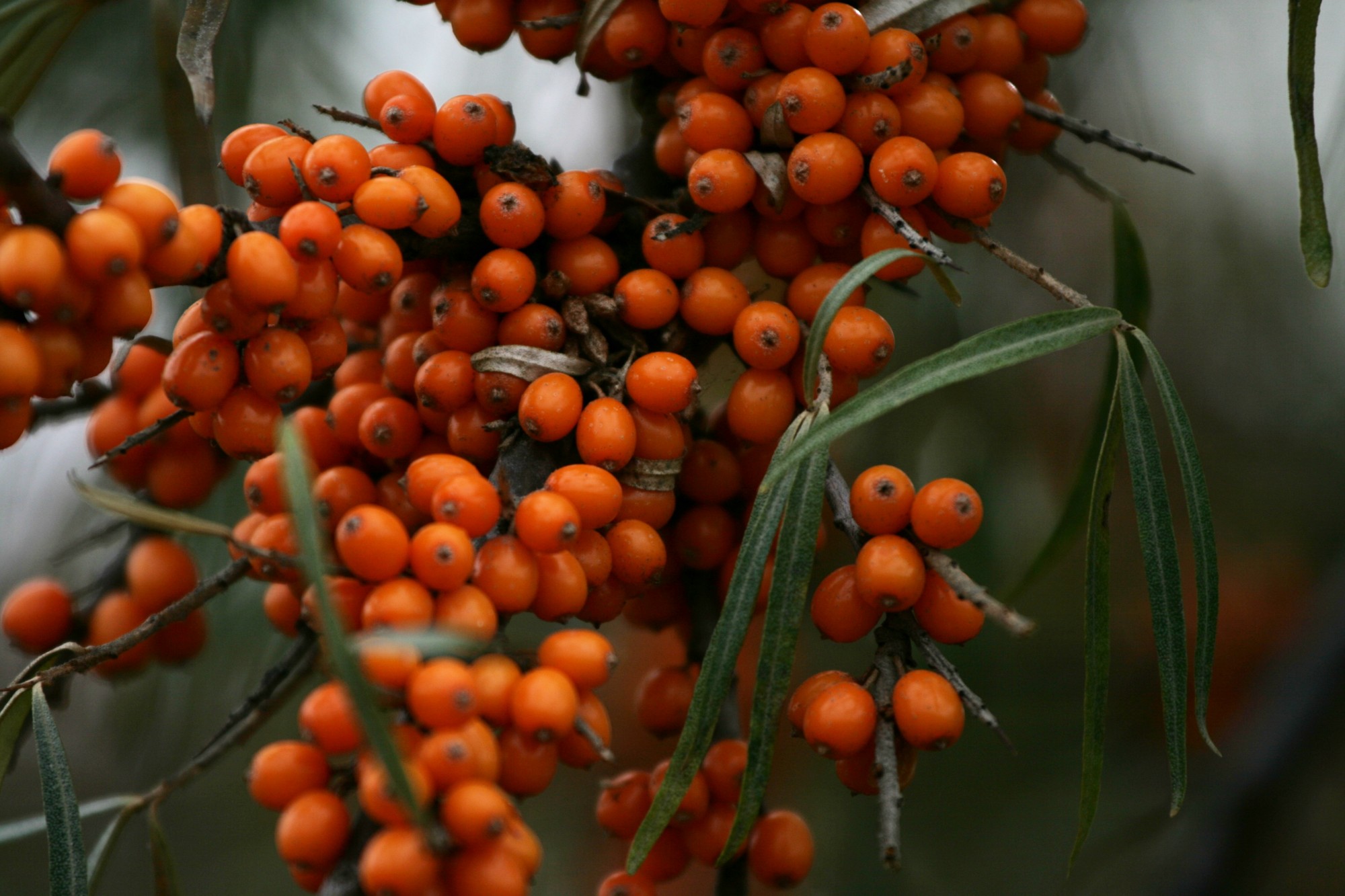
SEABUCKTHORN or the CHATSARGANA is a super fruit full of all the Omegas – 3, 6, 9 and the rare 7, as well as a host of antioxidants and other healing nutrients. It has been used to heal psoriasis and make skin glow, boost immunity, slow aging, and lower cholesterol, but it also has numerous other qualities that make it a superior source of vitamins and minerals we all need.
The percentage of the components found in Mongolian seabuckthorn is much higher than any other. Thus, the country implemented Seabuckthorn program to increase its cultivation since 2010. As a result, seabuckthorn cultivation rose by 5.3 times or 1657,1 tons.
Organic skin care products, juice and tea blends made with seabuckthorn are common in the domestic market.
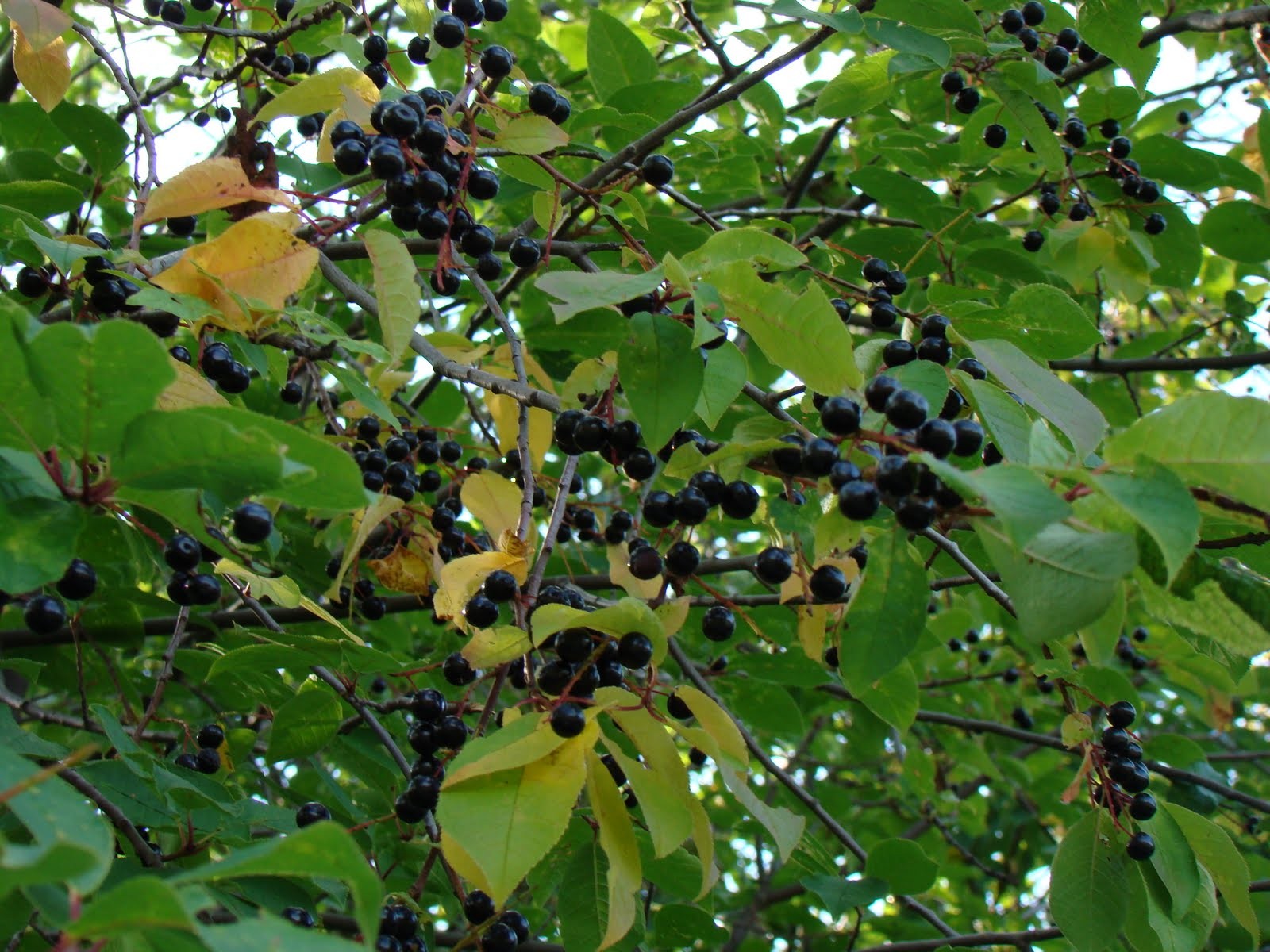
WILD BLACK CHERRY or the MOIL mostly grow in Dornod, Khentii, Tuv and Selenge provinces, near river valleys and streams. The wild black cherry is rich in sugar additives, citric acid and vitamin C. It can be used for medical purposes as well as food.
ULAANBAATAR (GoGo Mongolia) - Mongolia is extremely rich with a wild berry species which aren't very popular on the World. This time we highlight the most common six of them.
Even the country imports 90 percent of its fruit demand, we have amazing fruits and berries that grow in Mongolia. Most of the fruits are mature from August through September. Mongolians used up these fruits for medicines, drinks (a tea, juice, and a wine) and for decorations except for a food.
Now the gathered fruits and berries are available on sale at the biggest markets of the Ulaanbaatar and every aimag centers for 5,000 - 8,000 MNT per kg.
The best practice to keep berries fresh is:
- Store them in an airtight container without letting air in
- Wash them in water and vinegar and refrigerate them


BLACKCURRANT or the UHRIIN NUD contains P, C, B1, B2 vitamins. It grows in Dornod, Hentii, Zavhan, Uvs, Uvurhangai, Gobi-Altai, Tuv, Huvsgul, Hovd aimags where it has larch, birch, river coast, clearing, and rock.
Blackcurrant supports stomach function, increase appetite, cure stomach ache and treat anemia. It’s also used as a diuretic, and to treat colds, flu, and fevers. Blackcurrant leaves help to improve kidney function.


STRAWBERRY or the GUZEELZGENE mostly found in Han huhii mountains, Shajingiin davaa, Deed ulaan enger, Hujirt, Har tsagaan usnii eh and Ulaan enger. It includes folate, potassium, manganese, dietary fiber, and magnesium. It is also extremely high in vitamin C.
Strawberry is mature in July through the beginning of August. Strawberry should be picked up in the morning after dewfall or before dewfall.
-152833-366261656.jpeg)

BLUEBERRY or the NERS is rich in vitamins C, B, B2 and it contains carotene, manganese, pectin, sugar, apples and lactic acid. These are best treats for inflammation of the throat, diarrhea, hepatitis, rheumatoid arthritis, kidney stones, skin diseases and eye sight. In addition, blueberries help to cure diarrhea and stomach pain. Put 1-2 spoon blueberries in a cup of water and take 50 mg before food. Also, it relieves constipation.


CRANBERRY or the ANIS leaves are helpful for curing flu. Cranberry is cold-resistant plants and it remains green withstand the cold, -40C or more degrees. While familiar nutrients like vitamin C and fiber play a very important role in cranberry's health benefits, it's the amazing array of phytonutrients in cranberries that have gotten the special attention of health researchers.

SEABUCKTHORN or the CHATSARGANA is a super fruit full of all the Omegas – 3, 6, 9 and the rare 7, as well as a host of antioxidants and other healing nutrients. It has been used to heal psoriasis and make skin glow, boost immunity, slow aging, and lower cholesterol, but it also has numerous other qualities that make it a superior source of vitamins and minerals we all need.
The percentage of the components found in Mongolian seabuckthorn is much higher than any other. Thus, the country implemented Seabuckthorn program to increase its cultivation since 2010. As a result, seabuckthorn cultivation rose by 5.3 times or 1657,1 tons.
Organic skin care products, juice and tea blends made with seabuckthorn are common in the domestic market.

WILD BLACK CHERRY or the MOIL mostly grow in Dornod, Khentii, Tuv and Selenge provinces, near river valleys and streams. The wild black cherry is rich in sugar additives, citric acid and vitamin C. It can be used for medical purposes as well as food.


